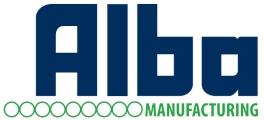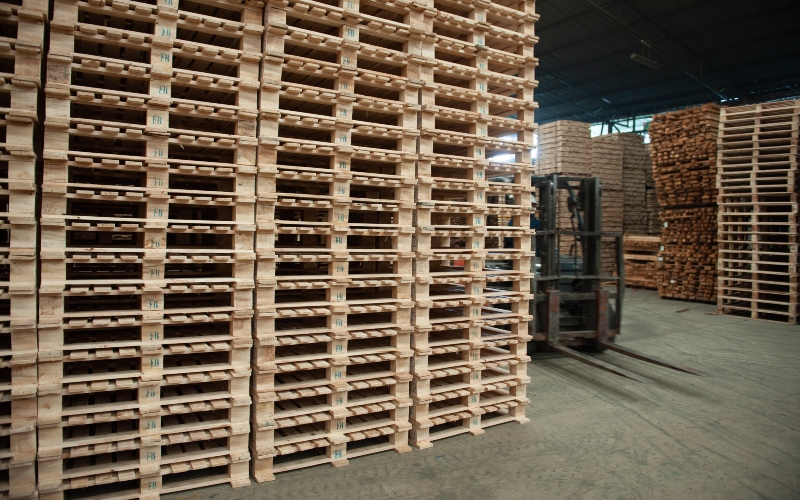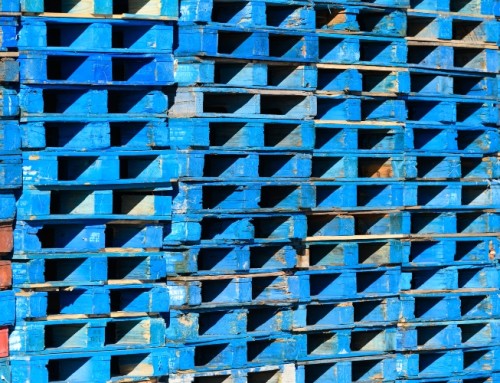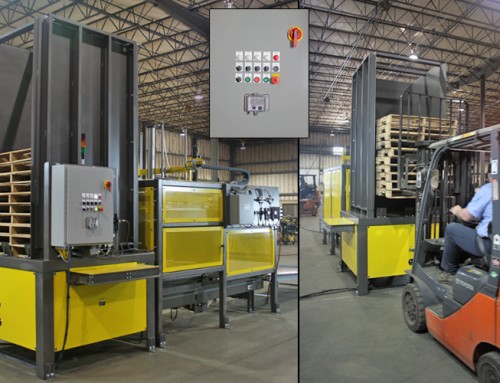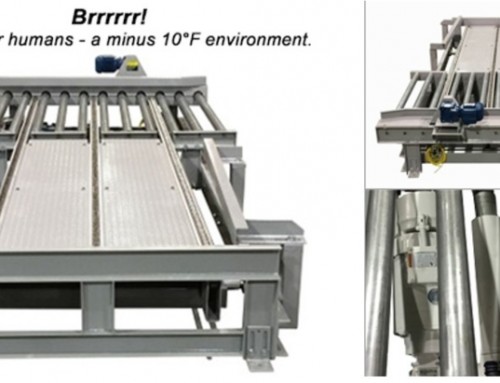Pallets, the workhorses of the logistics industry, play a crucial role in safeguarding products, streamlining movement, and keeping production lines running smoothly. Choosing the right pallet design can make or break shipments and storage, making it essential to evaluate the pros and cons of each option. When it comes to pallet selection, two primary choices emerge: stringer pallets and block pallets. In this article, we delve into the differences between these pallet types and provide insights to help you make an informed decision for your supply chain needs.
Block Pallets: The Foundation of Strength
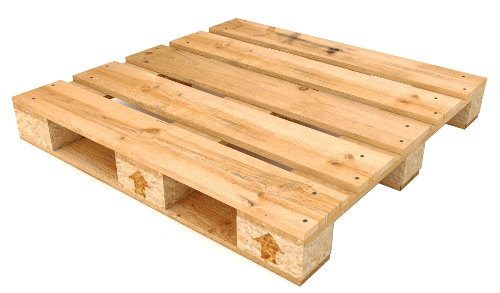
Block pallets derive their name from the solid wooden blocks that form the foundation. Typically consisting of nine blocks, these pallets feature a sturdy structure with a block placed at each corner, center of each side, and at the pallet’s center to support the unit load.
One of the key advantages of block pallets is their “four-way” accessibility. Forklifts or pallet jacks can access and lift these pallets from all four sides, making them highly maneuverable. This feature facilitates faster loading and unloading, improving operational efficiency.
Block pallets are often perceived as stronger and more durable than stringer pallets due to their combination of parallel stringers and perpendicular blocks. This robust construction enhances their load-bearing capacity, making them ideal for heavier products or items that require extra protection during transportation.
Stringer Pallets: The Versatile Workhorses
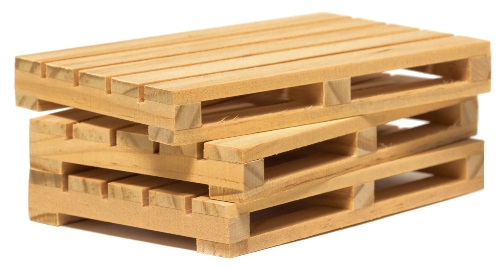
In contrast, stringer pallets are the most widely used pallet type in the United States. These pallets utilize stringers, which are boards sandwiched between the top and bottom deck boards, to support the unit load.
While they are commonly regarded as “two-way” pallets, stringer pallets can be notched or chamfered on the non-accessible sides to allow for four-way entry. This adaptability ensures that forklifts or pallet jacks can access the pallets from multiple directions, enhancing their versatility.
Stringer pallets are often preferred for their cost-effectiveness and ease of repair. With fewer components compared to block pallets, they are relatively simple to assemble and fix, reducing maintenance expenses.
Selecting the Ideal Pallet Type for Your Application
The choice between block pallets and stringer pallets depends on several crucial factors that align with your specific shipping and storage requirements. Here are key considerations to keep in mind:
Product Type
Different products have distinct shipping and storage needs. Consider the size, weight, and fragility of your items. Some industries may require specific pallet sizes, materials, or treatments to meet regulatory requirements.
Shipping Destination
Assess where your products will be shipped. While stringer pallets dominate in the United States, block pallets might be more common in other countries. Be mindful of standard pallet sizes and handling equipment compatibility at the destination.
Weight Capacity
Ensure that the chosen pallet design can safely support the weight of your products. For heavier items, custom pallet designs may be necessary.
Handling and Storage Conditions
Evaluate the strain and stress the pallets will endure during transit, handling, and storage. Consider factors like the distance traveled, transfer frequency, type of handling equipment, single-use or multi-use scenarios, and whether the pallets will be exposed to consumers.
Selecting the right pallet design, whether it’s block pallets or stringer pallets, is a critical decision that can significantly impact your supply chain efficiency and product safety. Each pallet type has its strengths and applications, so it’s essential to carefully assess your unique requirements before making a choice.
By considering factors such as the nature of your products, shipping destinations, weight requirements, and handling conditions, you can make an informed decision that ensures seamless logistics operations and protects your products throughout the journey. Ultimately, the right choice will contribute to the success and reliability of your supply chain, allowing your business to thrive in a competitive market.
If you have questions about your supply chain processes, contact Alba Manufacturing. We can put you in contact with experts who can guide you through the process and make your supply chain more efficient and profitable.
